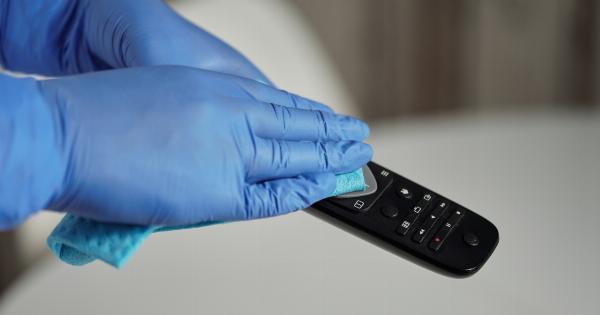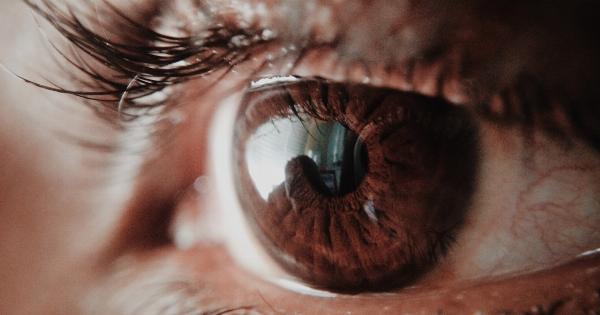Glaucoma is a serious eye disorder that damages the optic nerve and can cause blindness if not treated properly. The traditional treatment methods for glaucoma primarily consist of eye drops, laser therapy, and surgery.
While these methods have been effective to some extent, a revolutionary new method is emerging that involves the use of a small valve for treating glaucoma.
What is glaucoma?
Glaucoma is a group of eye conditions that cause damage to the optic nerve that sends visual information from the eyes to the brain. This damage is usually caused by increased pressure inside the eye, known as intraocular pressure (IOP).
Glaucoma is a serious condition that can lead to vision loss and blindness if left untreated.
Traditional treatment methods for glaucoma
The traditional treatment methods for glaucoma include eye drops, laser therapy, and surgery. Eye drops are considered to be the first line of treatment for glaucoma.
These drops help to reduce the intraocular pressure by increasing the outflow of aqueous humor, the fluid in the eye that maintains eye pressure. Laser therapy is used to treat closed-angle glaucoma. It works by creating a tiny hole in the iris of the eye to improve the flow of aqueous humor. Surgery is reserved for severe cases of glaucoma when other treatments are ineffective.
Surgery aims to create a new drainage channel in the eye to lower intraocular pressure.
The limitations of traditional treatment methods
While traditional treatment methods for glaucoma have been effective to some extent, they have certain limitations. Eye drops can be difficult for patients to administer correctly and consistently, and they can cause side effects.
Laser therapy and surgery are invasive procedures that involve some risk of complications.
The revolutionary method for glaucoma treatment
The revolutionary new method for glaucoma treatment involves the use of a small valve that is implanted in the eye.
The valve, known as a shunt or a drainage device, works by creating a new drainage channel for aqueous humor to flow out of the eye, reducing intraocular pressure. The valve is tiny, about the size of a grain of rice, and is made of biocompatible materials.
How the valve works
The valve works by regulating the flow of aqueous humor out of the eye. When the pressure inside the eye increases, the valve opens, allowing aqueous humor to flow out.
When the pressure decreases, the valve closes, preventing the flow of aqueous humor out of the eye. This mechanism helps to maintain a consistent intraocular pressure.
The advantages of the valve method
The valve method has several advantages over traditional treatment methods. First, it is a one-time procedure that does not require daily administration of eye drops. Second, it is less invasive than laser therapy and surgery.
Third, it is effective for both open-angle and closed-angle glaucoma. Fourth, it has a low risk of complications.
The implantation procedure
The implantation procedure for the valve is relatively simple. The patient is given local anesthesia, and a small incision is made in the eye. The valve is then inserted into the eye and secured in place.
The whole procedure takes about 30 minutes to one hour, and the patient can usually go home the same day.
The recovery process
The recovery process for the valve method is relatively quick and painless. The patient may experience some mild discomfort, redness, or swelling in the eye for a few days after the procedure.
Eye drops may be prescribed to prevent infection and reduce inflammation. The patient should avoid strenuous activities and rubbing the eye for a few weeks after the procedure.
The success rate
The success rate of the valve method for glaucoma treatment is very high. Studies have shown that the valve method can reduce intraocular pressure by up to 50%.
The valve method has also been found to be effective in treating glaucoma in patients who have not responded well to other treatment methods.
Conclusion
The revolutionary new method for glaucoma treatment using a small valve is a game-changer in the field of ophthalmology. This method is less invasive, more effective, and has a lower risk of complications than traditional treatment methods.
The valve method has already helped countless patients with glaucoma, and it is expected to become the standard of care in the future.





























